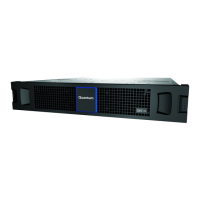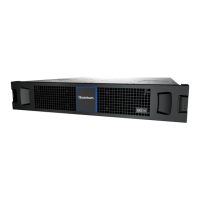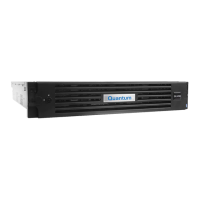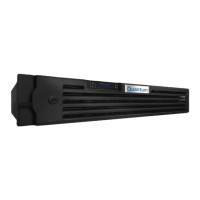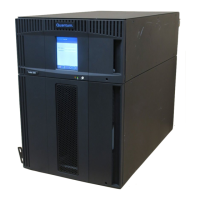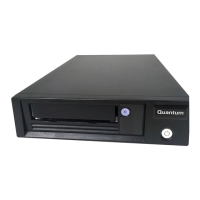Chapter 5: Troubleshooting
Isolate a Host-side CNC Connection Fault
QX and QXS Setup Guide 138
Answer Possiblereasons Actions
Yes The power supply or a fan is
operating at an unacceptable
voltage or r/min level, or has
failed.
When isolating faults in the power supply, remember that the fans in
both modules receive power through a common bus on the
midplane, so if a power supply fails, the fans continue to operate
normally.
l Verify that the power suply FRU is firmly locked into position.
l If the above action does not resolve the fault, verify that the
power cable is connected to a power source.
l If the above action does not resolve the fault, verify that the
power cable is connected to the chassis power supply unit.
l If the above action does not resolve the fault, FRU replacement
may be necessary; see the QXS Storage CRU Installation and
Replacement Guide.
Transporting Cache
To preserve the existing data stored in the CompactFlash, you must transport the CompactFlash from the
failed controller to a replacement controller using the procedure outlined in the CRU Installation and
Replacement Guide. Failure to use this procedure will result in the loss of data stored in the cache module.
Caution:Remove the controller I/O module only after the copy process is complete, which is indicated
by the Cache Status LED being off, or blinking at 1:10 rate.
Isolate a Host-side CNC Connection Fault
During normal operation, when a controller I/O module host port is connected to a data host, the port’s host
link status LED and host link activity LED are green. If there is I/O activity, the host activity LED blinks green.
If data hosts are having trouble accessing the storage system, and you cannot locate a specific fault or
cannot access the event logs, use the following procedure.
This procedure requires scheduled downtime.
Caution:Do not perform more than one step at a time. Changing more than one variable at a time can
complicate the troubleshooting process.
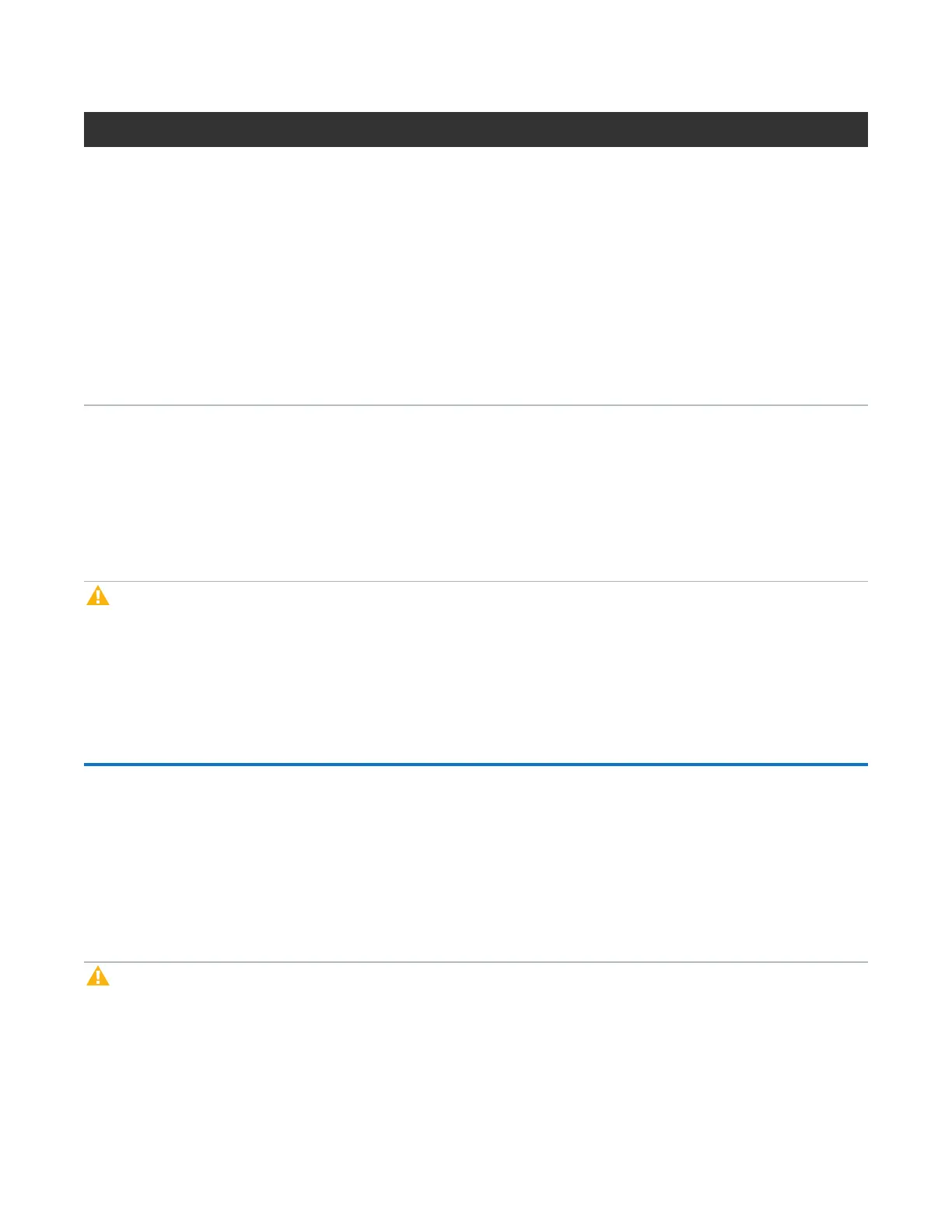